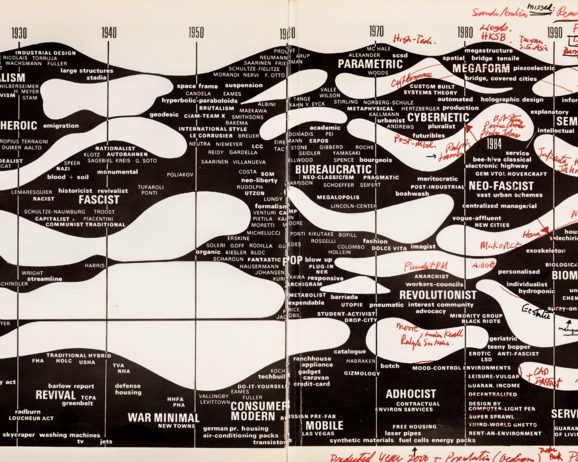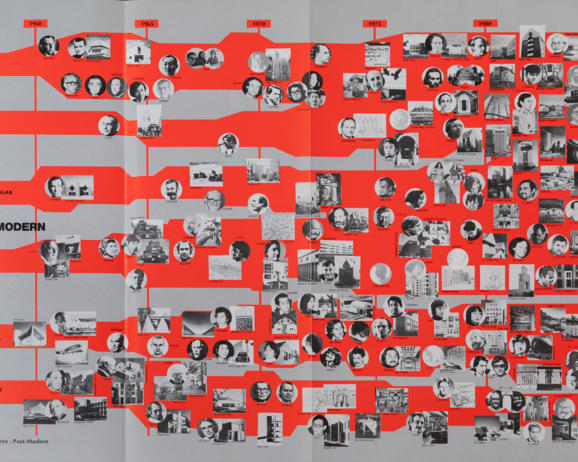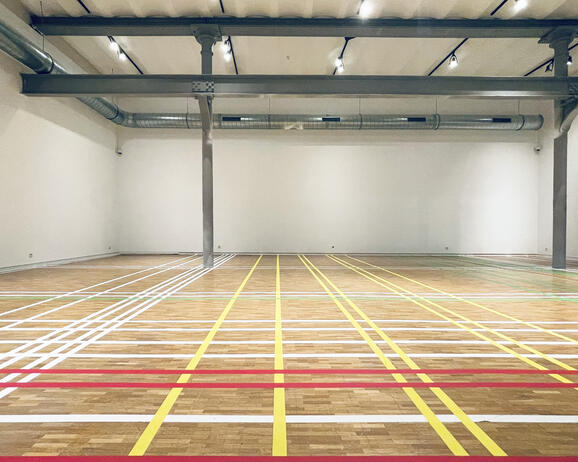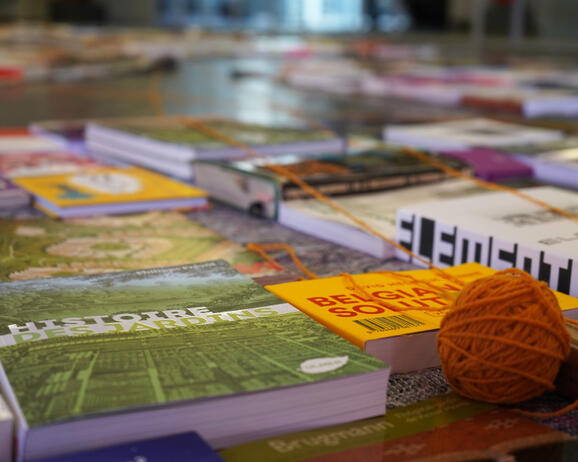Christophe Van Gerrewey
One for All
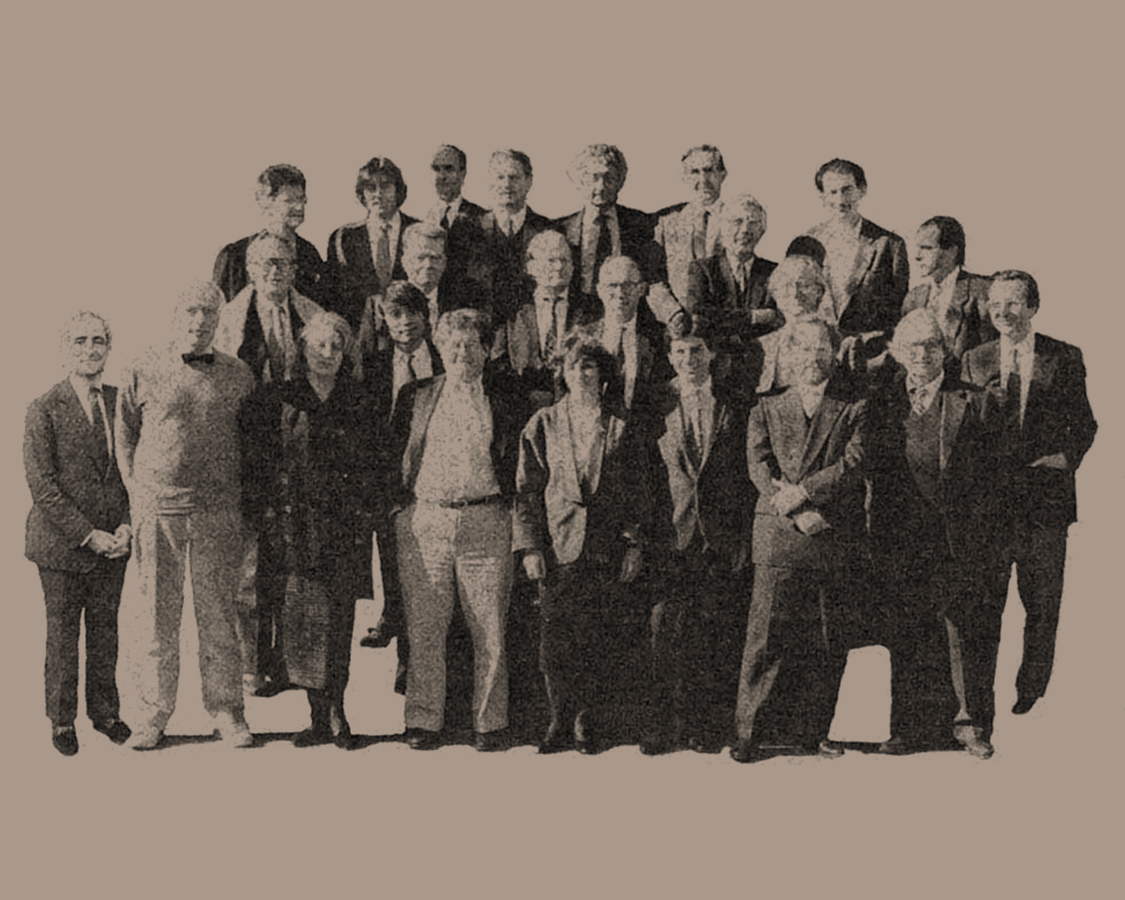
© CCA
It’s impossible to write history without selecting a portion of the past. The monographic option is to focus on one life and one body of work: to narrate what one person has done during a long period of time. In architecture, this method is anything but obvious, and it has become increasingly rare, considered as an individualist abstraction of more complex processes. And why, after all, select one life over another? Choosing a well-known architect as your subject involves the risk of celebrating the powerful, while studying a more marginal figure, inevitably narrows down the scope of what can be narrated. And yet, the option of writing the life and the work of one architect should be defended, because it exemplifies history’s reach from the individual to society, and from the particular to the universal.
BOOK HERE
Christophe Van Gerrewey is a writer and a critic. His book Something Completely Different. Architecture in Belgium (MIT Press) was published in 2024. In 2019, he edited OMA/Rem Koolhaas. A Critical Reader (Birkhäuser). He writes regularly in journals such as Architectural Review, Log and El Croquis, and he is editor of De Witte Raaf.
